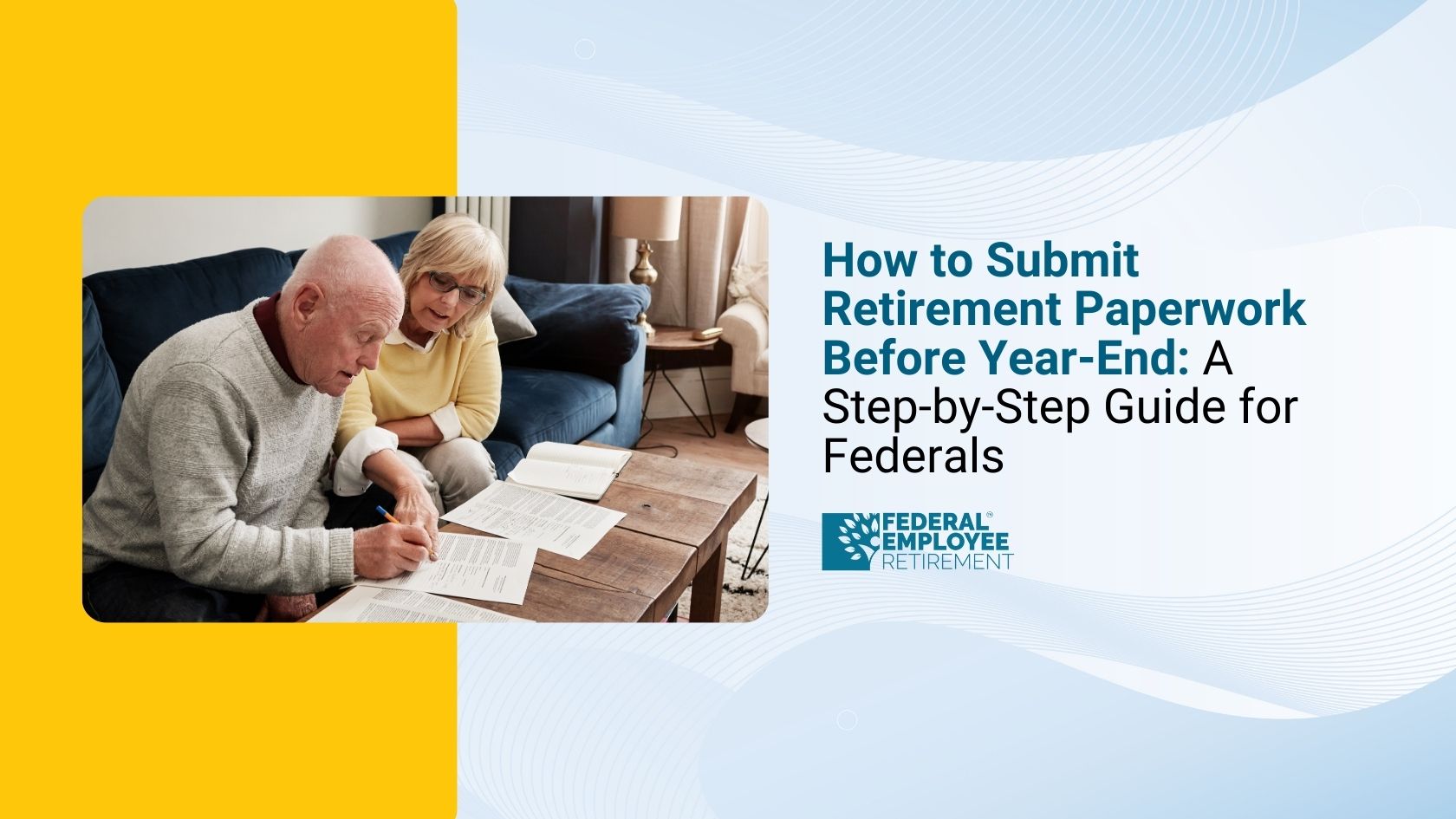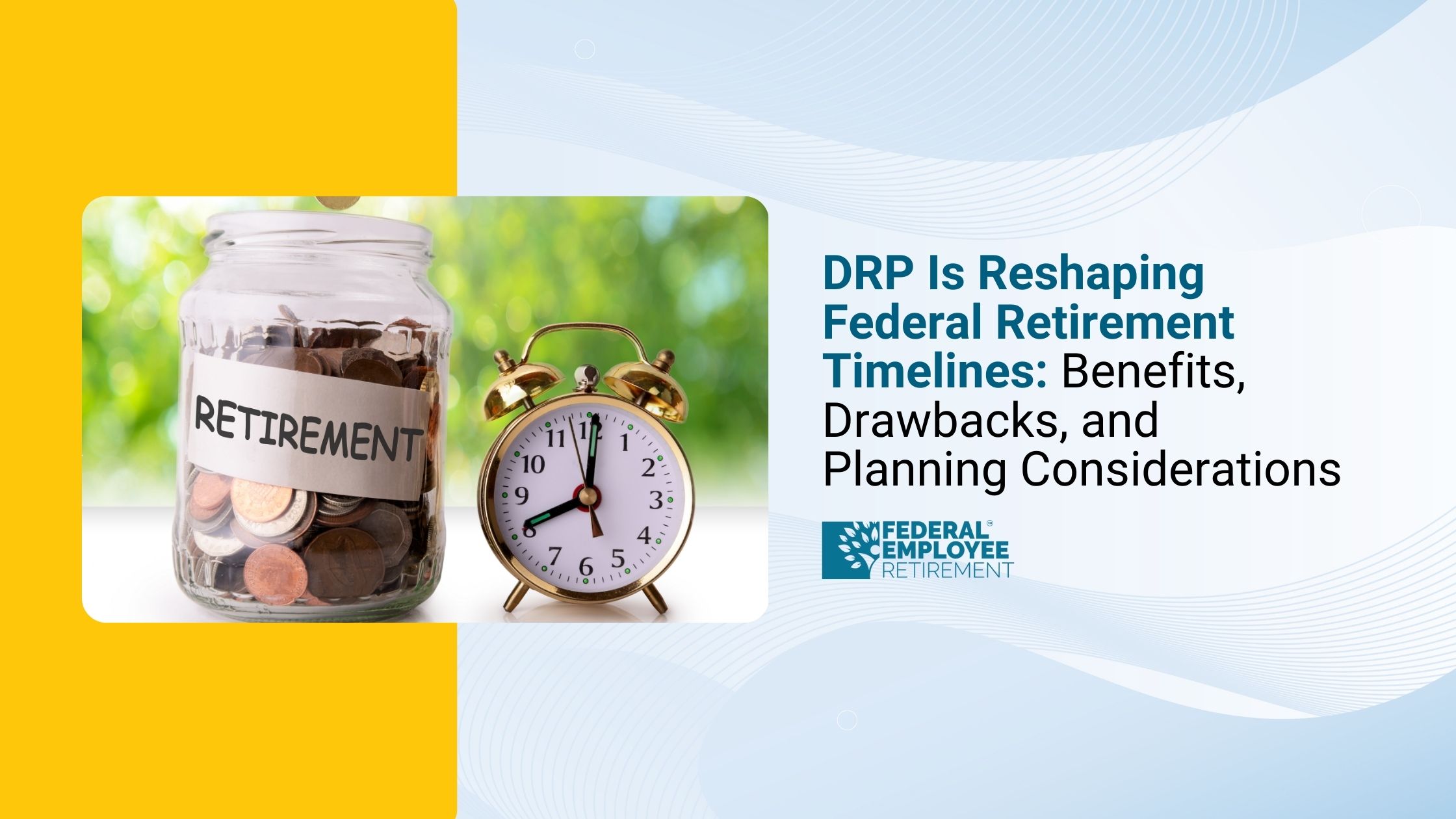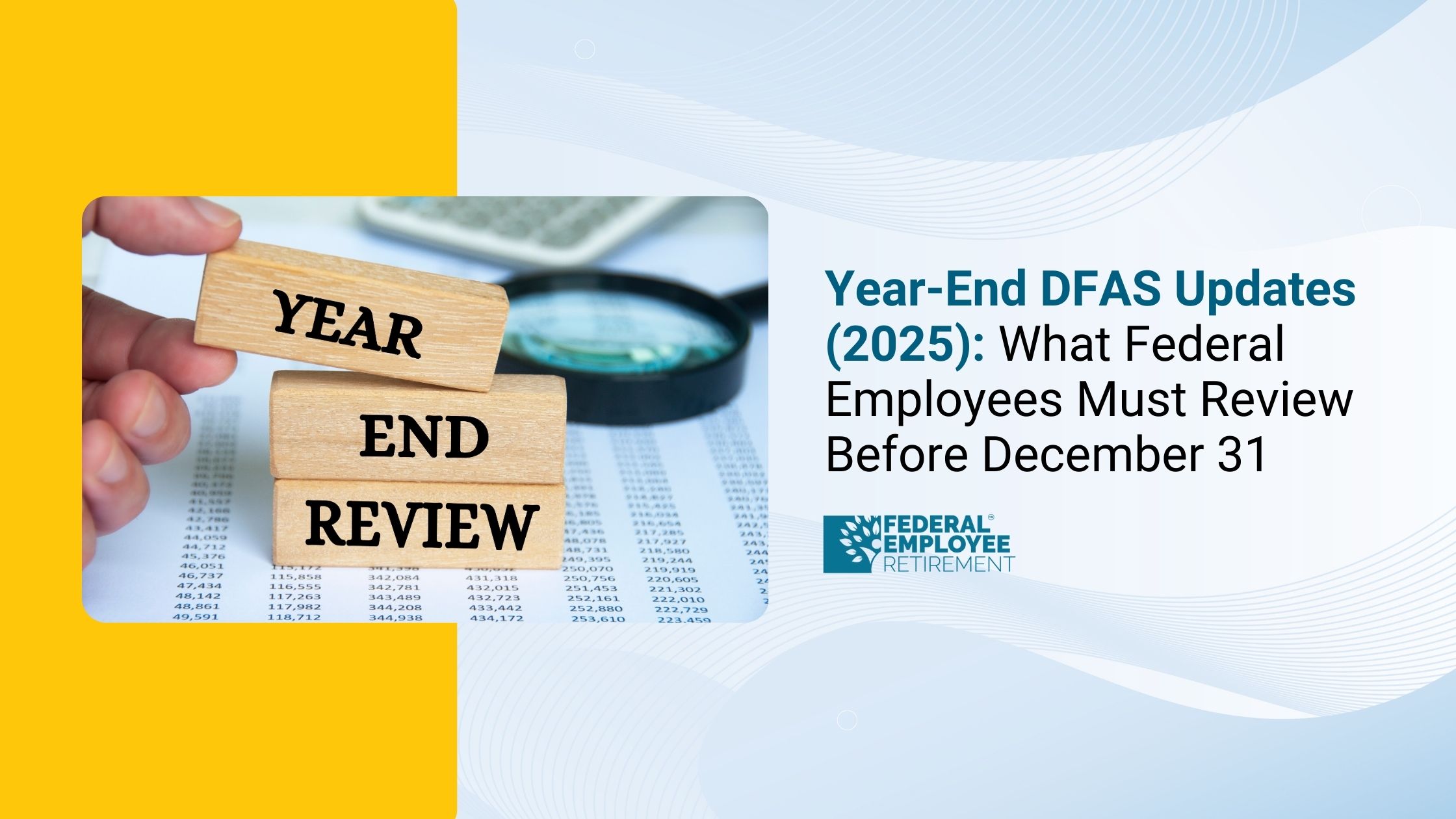You’re not alone; 4,359 federal employees booked their free review.

How Many TSP Loans Can You Have
You can have a maximum of two loans outstanding from your TSP account at any time. However, there's a restriction on the type of loans you can have:
- Only one of these two loans can be a residential loan.
- Therefore, you could have either:
- Two general purpose loans
- One general purpose loan and one residential loan
As a federal employee, your retirement benefits include a Thrift Savings Plan (TSP). This defined contribution arrangement lets you allocate part of your income to indexed mutual funds or Roth options to save for retirement.
For the things that pop up in the shorter term, you do have the option of taking a short-term loan from your TSP to help with things like unexpected bills, debt consolidations, or homeownership. Before jumping into a TSP loan, however, you should understand what’s involved in the process and the unique benefits and drawbacks.
TSP Loan Options for Federal Employees
In general, there are two types of TSP loans available:
General purpose. As the name suggests, the general purpose loan can be used for anything you want. You don’t need to state a reason for the funds. This loan type doesn’t need documentation but does require a one-time $50 fee. The repayment period is 12 to 60 months.
Residential. These loans are used to buy or build a primary residence by funding transaction costs like down payments, closing costs, or other fees. Residential loans require documentation, a one-time $100 fee, and have a 61-to-180-month repayment period.
Loan Eligibility
To borrow against your TSP, you must:
- Be currently employed in a federal government job or an armed forces member
- Be in active pay status (as repayments are made through payroll deductions)
- Not have repaid a TSP loan of any kind within the past 30 days
- Have a minimum of $1,000 in contributions and earnings in your TSP account
- Have only two TSP loans at any one time (two general purpose loans or one residential loan and one general purpose loan)
Minimums and Maximums
The minimum borrowing amount is $1,000. Determining the maximum amount is more complex, involving one of the following:
- The current total account balance (less outstanding loan balances)
- 50% of the total account balance or $10,000, whichever is greater (less outstanding loan balances)
- $50,000 (less your highest outstanding loan balance within the past 12 months)
Learn more about the - tsp millionaires
TSP Loan Basics: What You Need to Know
As an active TSP participant whether you're a federal civilian employee or a member of the uniformed services—you have the option to borrow money from your TSP account. You’ll repay this loan with interest through regular payments:
- If you’re still employed in federal service, repayment is made via payroll deduction.
- If you’ve left federal service, you can repay by direct debit, check, or money order.
Current TSP Loan Interest Rate
4.250% This rate remains fixed for the life of your loan and matches the G Fund interest rate from the month prior to your loan request.
How to Apply for a TSP Loan
To apply, simply log in to My Account or call the ThriftLine for assistance. Before you begin, be sure to read all the relevant information, including the TSP Loans booklet (PDF, 206KB), to understand eligibility rules, terms, and limitations. But before this you should know that how many tsp loans can you have.
Also read - TSP L funds
Before You Borrow: Things to Consider
While it may seem like you’re just “borrowing from yourself,” taking a TSP loan can impact your long-term retirement savings. Here’s why:
- Lost growth potential: Money withdrawn from your account won’t be earning compound interest during the loan period.
- Loan fees: A one-time, non-refundable fee is deducted from your loan amount:
- $50 for a general purpose loan
- $100 for a primary residence loan
- $50 for a general purpose loan
Keep in mind that your TSP account is meant to help fund your retirement. Taking a loan now may reduce your future income.
Understand Your Loan Options
There are different types of TSP loans, each with its own requirements and borrowing limits. Before deciding, make sure you understand:
- The types of loans available
- Eligibility criteria
- How much you can borrow
Thinking carefully about these factors will help you determine whether a TSP loan is truly the right choice for your situation.
TSP calculator
TSP Loans: Pros and Cons
As with many loan types, TSP loans have their upsides and downsides, such as the following:
Pros
Lower interest rates. Rates are based on those calculated for the Government Securities Investment Fund, which are lower than other interest rates.
No required credit check. With a TSP loan, you’re borrowing from money you already have rather than an external lender. You don’t have to prove your creditworthiness.
Paid interest returns to your TSP accounts. All repayments (including interest) end up back in your traditional and Roth accounts.
Cons
Savings growth interruption. A TSP loan decreases your account balance. This, in turn, reduces compound interest growth on your account, potentially leaving you with less when you retire.
Potential for double taxation. Your after-tax dollars repay the loan and interest. If the loan comes from a traditional fund (rather than a Roth option), you’re taxed on those repayments AND funds withdrawn during your retirement. Read that can you withdraw money from my tsp before i retire.
Separation issues. If you leave federal employment with an outstanding TSP loan balance, you must either pay the loan off or set up a repayment plan. Failure to do so results in a default, in which the entire loan balance is taxable.
Also read - tsp rule of 55
What Are TSP Loans and How Do They Work?
Payroll Deductions
You must begin repaying your TSP loan along with interest within 60 days of when the loan is disbursed. Once your loan is processed, your payroll office is notified immediately so that automatic deductions from your paycheck can begin each pay period.
Be sure to check your leave and earnings statement to confirm that loan payments have started and that the deduction amount is correct. If payments haven’t started or seem incorrect, contact your agency or service right away.
Making Extra Payments
In addition to payroll deductions, you can make extra payments on your TSP loan at any time. Here's how:
- Accepted methods: Personal check, cashier’s check, or money order
- Direct debit: You can also make a one-time payment via direct debit (applied only twice per month)
- Making additional payments can help you pay off your loan faster and reduce the interest you pay over time.
FAQ'S
Can I take two TSP loans at the same time?
Yes, you can have two TSP loans at once as long as one is a general purpose loan and the other is a primary residence loan. You cannot have two loans of the same type at the same time. Also, your combined loan balance cannot exceed your borrowing limit.
How long do I have to wait to take out another TSP loan?
You must wait 60 days after paying off a general purpose or residential loan before you can apply for a new loan of the same type. However, if you paid off one type of loan and want to apply for the other type, you may be eligible without a waiting period provided you still meet all other requirements.
What are the cons of a TSP loan?
Taking a TSP loan comes with several potential drawbacks:
- Reduced retirement growth: You lose potential investment earnings on the borrowed amount.
- Loan fees: A one-time fee is deducted from your loan ($50 for general purpose, $100 for residential).
- Repayment risk if you leave service: If you leave federal service, you must repay the full balance quickly or face a taxable distribution.
- Double taxation: You repay the loan with after-tax dollars, and you’ll pay taxes again when you withdraw the funds in retirement.
What is the Rule of 55 in the TSP?
The Rule of 55 allows you to withdraw from your TSP account penalty-free if you separate from federal service in the year you turn 55 or later (or age 50 for special-category employees like law enforcement or firefighters). This only applies to traditional withdrawals not loans and can help bridge the gap if you retire early.


Get Updated
Subscribe to our weekly updates for the latest on retirement planning, federal benefits, exclusive webinars, and more!
Download Federal Retirement: Step-by-step Checklist
This comprehensive guide will help you understand your federal benefits, optimize your savings, and plan for a comfortable future.



.png)








